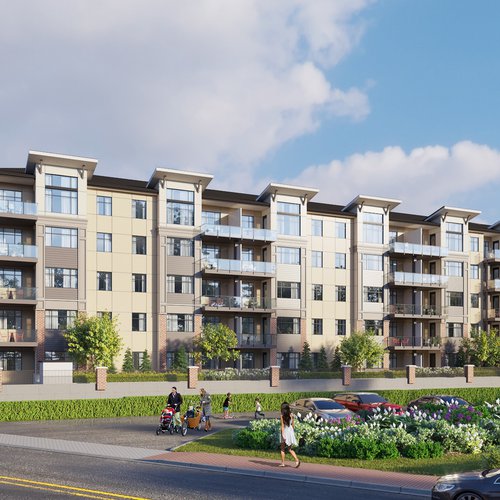Jan. 31, 2024
tags : categories: 3D Rendering , Interior Rendering , Exterior Rendering , Property Development , Commercial Rendering
Libraries have always been an essential part of educational institutions and communities. They serve as centers of knowledge and learning and also provide spaces for community engagement. The evolution of library rendering, which involves creating detailed 3D visualizations of library spaces, has become an indispensable tool in the design and renovation of both academic and public libraries. This advanced technique transforms how architects, designers, and library administrators approach the conceptualization and realization of library projects. In this article, we will explore ten key benefits of employing library rendering in the design of academic and public spaces.
1. Realistic Visualization of Library Designs
Library rendering provides highly realistic and detailed visualizations of proposed library designs. This includes aspects such as shelving arrangements, reading areas, study spaces, and architectural features. Such comprehensive visualizations allow stakeholders to envision the library’s layout and aesthetic, facilitating informed decision-making about design elements.
2. Enhanced Communication with Stakeholders
Effective communication is vital in library design projects. 3D rendering significantly enhances this communication by providing a tangible representation of the proposed design, enabling librarians, educators, administrators, and the public to have a clear understanding of the project and its potential impact.
3. Efficient Space Planning and Utilization
Optimal space utilization is critical in library design to accommodate a range of functions, from quiet study areas to interactive learning spaces. Rendering technology allows for precise planning of the library’s layout, ensuring that every square foot is used effectively to enhance user experience and operational efficiency.
4. Customization and Flexibility in Design
Library rendering offers unparalleled flexibility in customizing designs. Designers can experiment with different architectural styles, interior themes, and furniture layouts, allowing for extensive customization to meet specific community or academic needs and preferences.
5. Improved Material Selection and Visualization
Choosing the right materials and finishes is essential in creating a welcoming and durable library environment. Rendering provides an accurate representation of how various materials and colours will look in the space, aiding in the selection process and ensuring that the design is both practical and aesthetically appealing.
6. Cost-Effective Design Revisions
Design revisions are common in library projects, and rendering makes these revisions more cost-effective. Changes can be visualized in the digital model, reducing the need for physical models or extensive rework, leading to significant savings in both time and resources.
7. Simulating Lighting and Acoustic Conditions
Lighting and acoustics are crucial in libraries for creating the right ambiance and ensuring user comfort. Rendering allows designers to simulate various lighting scenarios and acoustic treatments, providing insights into how these conditions will affect the library’s functionality and user experience.
8. Facilitating Regulatory Approval and Compliance
Obtaining regulatory approval for library construction can be challenging. Detailed renders can be instrumental in demonstrating compliance with building codes, accessibility standards, and safety regulations, facilitating smoother approval processes and ensuring adherence to legal requirements.
9. Enhancing Community Engagement and Support
High-quality renders are valuable tools for community engagement and support. They can be used in public presentations, fundraising campaigns, and promotional materials to showcase the design and vision of the library, garnering support and enthusiasm from the community and stakeholders.
10. Providing Guidance for Construction and Fit-Out
Finally, library rendering provides a precise guide for construction teams and interior designers. Detailed renders serve as blueprints, ensuring that the construction process aligns with the planned design and reducing the likelihood of costly construction errors.
Conclusion
Library rendering is revolutionizing the design and construction of academic and public library spaces, offering benefits that range from enhanced visualization and communication to efficient space planning and community engagement. As libraries continue to evolve into dynamic spaces that cater to diverse learning and information needs, rendering technologies will play an increasingly important role in creating environments that are not only functionally efficient but also welcoming and conducive to knowledge exploration and community interaction.










